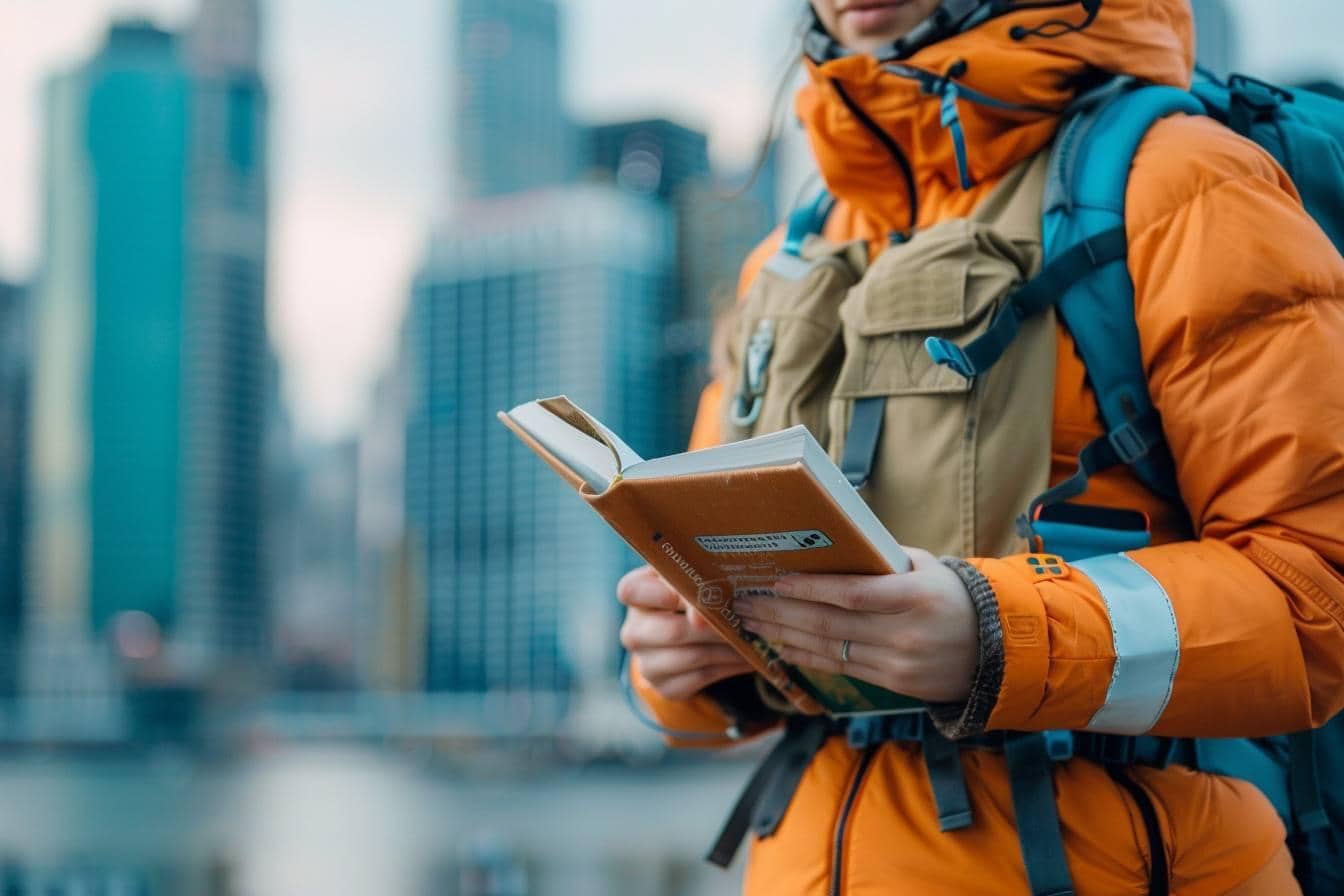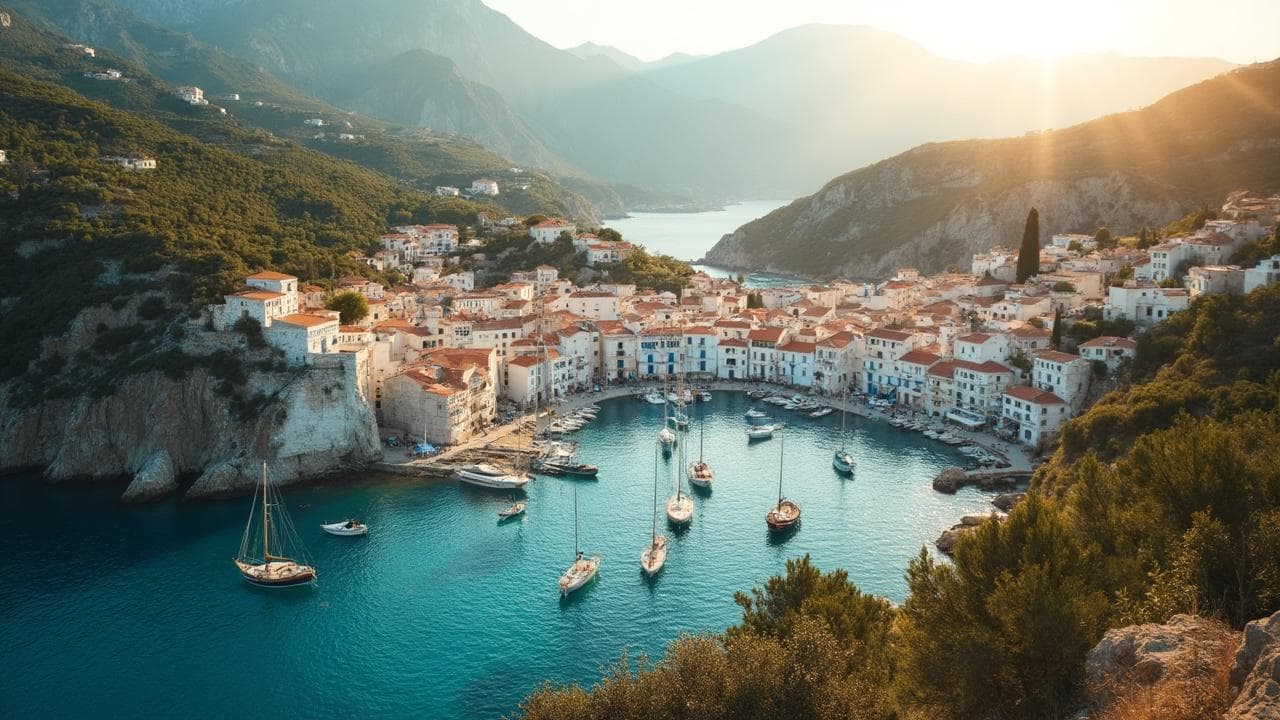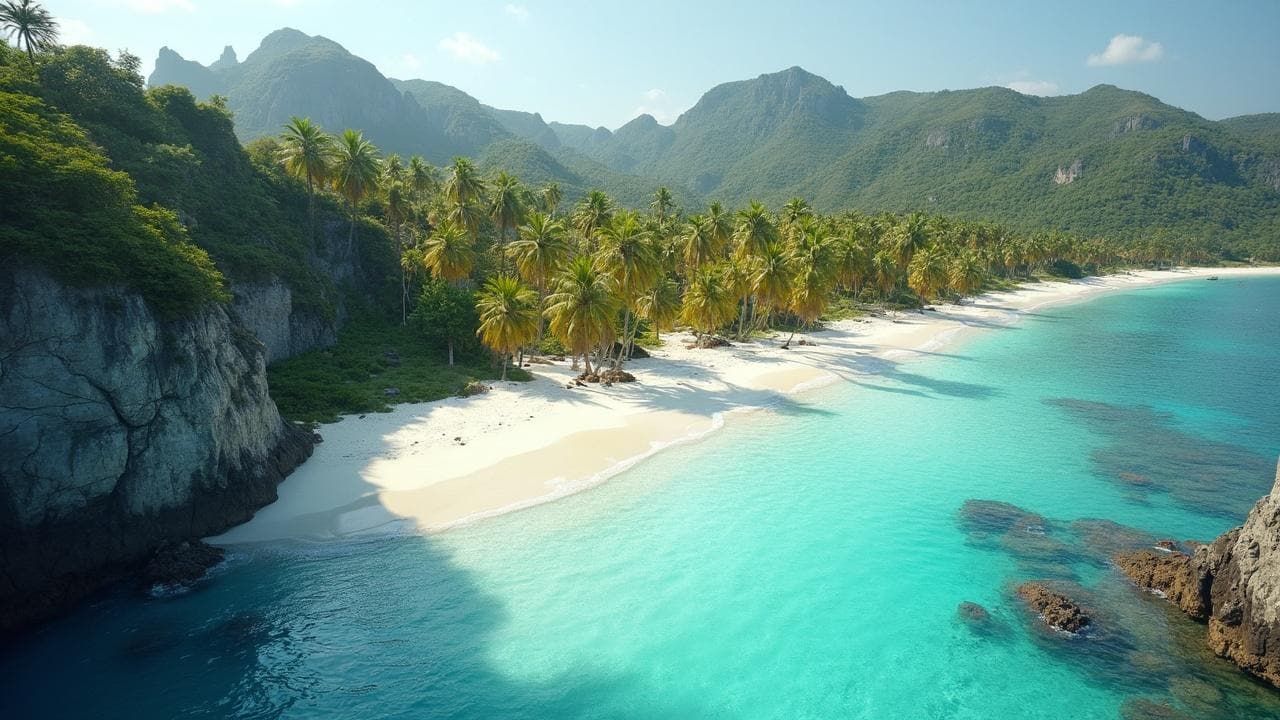Japan, known for its rich culture and advanced technology, faces a significant challenge with frequent earthquakes.
As a traveler and a techie constantly in pursuit of exploring the hidden corners of our planet, I’ve had my fair share of experiences with natural disasters, notably in Japan.
The earthquakes in Japan are a test of nature’s force and human resilience and preparedness.
In this guide, I’ll share some crucial insights into ensuring safety through understanding earthquake protocols, effective evacuation strategies, and securing travel insurance with natural disaster coverage.
In this article
- Understanding Earthquake Protocols in Japan
- Evacuation strategies post-earthquake
- Securing travel insurance with natural disaster coverage
- Navigating travel during natural disasters
Understanding Earthquake Protocols in Japan
Having trekked through the Himalayas and sailed across the Andaman, I thought I had seen it all until I woke up to a rattling world in a hostel in Kyoto.
Earthquakes in Japan are a reality that the country has learned to live with, and their readiness protocols are something every traveler should familiarize themselves with.
The first step is always to stay calm and seek cover. Traditional practices such as “Drop, Cover, and Hold On” are life-savers during the shake. Japan’s buildings are engineered to withstand seismic activities, so trust the infrastructure and follow the safety instructions provided by your accommodation or local authorities.
After an earthquake, it’s crucial to evacuate if the building is damaged or if instructed by authorities. Japan has designated evacuation zones and routes that are marked and easy to follow.
As part of my journey, I’ve learned to identify these signs and understand local announcements, even with my limited Japanese. Remember, aftershocks are common, so remain attentive and prepared to move.
List of Earthquake Preparedness Tips
| Tip | Description |
|---|---|
| Seek Immediate Cover | Use furniture like tables to shield from falling debris. |
| Stay Indoors if Safe | Exiting buildings can expose you to more risks from falling objects. |
| Follow Local Guidance | Adhere to instructions from local authorities or guides. |
| Be Ready for Aftershocks | Have an action plan for potential subsequent shocks. |
Evacuation strategies post-earthquake
A few years back, while exploring the outskirts of Tokyo, I experienced a moderate earthquake. The shaking was alarming, but what impressed me the most was the organized evacuation that followed.
Understanding and following evacuation instructions can make the difference between life and death in Japan. If you’re in an affected area, ensure your immediate safety by navigating towards the evacuation zones.
These zones are typically set up in open spaces away from tall structures to minimize injury from falling debris.
Transportation might be disrupted, so be prepared to walk to a safer location. Always keep a small emergency kit, including water, snacks, a first-aid kit, and a flashlight.
I always carry a whistle, too, something I picked up from a local friend in Japan, as it can be used to signal for help. Communication lines might be down, so have a prearranged meeting point with your travel companions.

Securing travel insurance with natural disaster coverage
I’ve learned from my adventures, including an unexpected stay in Japan due to an earthquake, never underestimate the value of good travel insurance.
Before your trip, ensure your policy covers natural disasters, including earthquakes and aftershocks. Not all policies consider these unforeseen events, so read the fine print.
Comprehensive travel insurance allowed me to focus on my safety without worrying about the financial implications of extended stays or last-minute flights home.
After the quake, while some travelers were struggling with unforeseen expenses, my insurance allowed me to receive medical attention for a minor injury I sustained during the evacuation. It covered my unexpected accommodation and meals until I could fly back.
It’s also worth noting that if you’re traveling with gadgets, as I often am, ensure your policy covers personal effects lost or damaged during natural disasters.
For those relying on credit card travel insurance, it’s essential to understand that while convenient, coverage might be limited compared to a dedicated policy.
My friend, who depended solely on his credit card benefits, found himself in a bind when he realized it didn’t cover all the costs of the earthquake’s aftermath. Always review what’s covered and consider additional insurance if necessary.
Navigating travel during natural disasters
Travel, especially to regions prone to natural disasters like Japan, involves inherent risks. Still, with proper preparation and knowledge, these risks can be mitigated, and travelers can enjoy these areas’ unique experiences.
My brush with earthquakes in Japan has taught me the irreplaceable value of being informed, prepared, and insured.
Whether it’s understanding the local safety protocols, knowing the evacuation routes, or ensuring your travel insurance covers natural hazards, these precautions are not just about personal safety; they’re about ensuring peace of mind while exploring the world.
Japan’s beauty, culture, and resilience in the face of natural adversity are compelling reasons to visit, but it’s our responsibility as travelers to do so mindfully and preparedly.
My time in Japan, amidst its challenges, has been an incredible learning curve in my journey as a digital nomad and an adventurer at heart. It taught me the importance of cautiously embracing the unknown and respecting local customs and emergency procedures.
So, when planning your trip to Japan or any other earthquake-prone region, remember to stay informed, safe, and insured. Let’s travel smart and keep discovering this world’s beauty, one step at a time.




